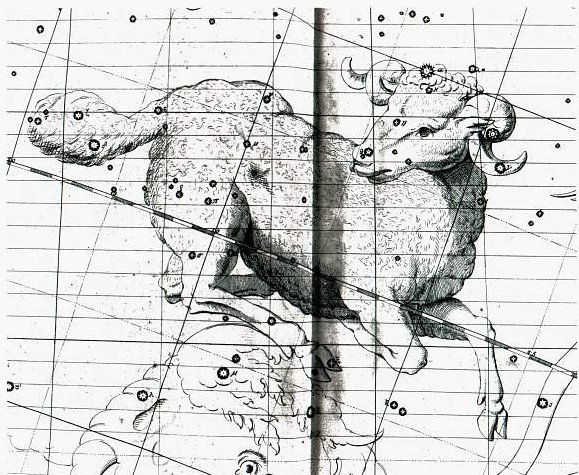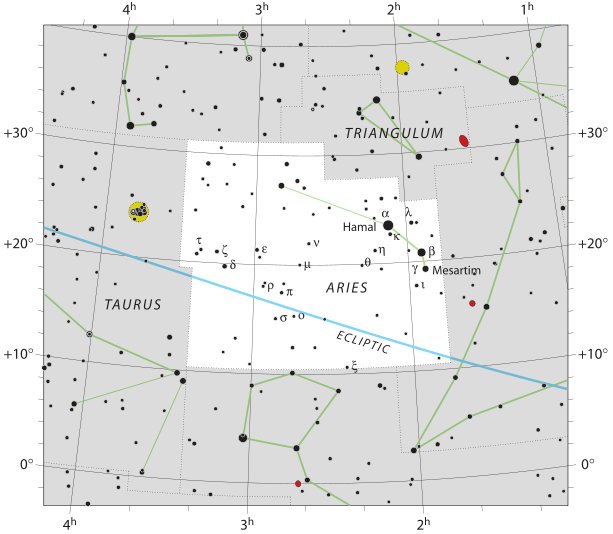To find the heliacal ('male') stars we can add 184 days to the nakshatra ('female') dates, e.g. May 1 (121) + 184 = 305 (November 1), and then to reduce the Gregorian day numbers with 80 (corresponding to the day number for March 21). From the star star Bharani (41.4) in May 1 we will find Kochab (225.0) in November 1 (305 = 225 + 80).
Should we begin with Kochab as heliacal star and search for its nakshatra star we have to add 181 days, e.g. 225.0 + 181 (= 365 - 184) = 406 = 41 + 365.
But when also February 29 is counted (as if it always was a leap-year), then the pattern changes:
February 29 (day 60) will be day 425 (= 60 + 365) if it is a leap-day, but if February 29 is always counted, then it will be day 426 (= 60 + 366). February 29 as nakshatra day at Cb6-20 lies between niu in Cb1-15 and vero in Cb8-6 and the change from 184 days at e.g. Matar (344.2) - φ Hydrae (160.3) to 183 days at e.g. λ Pegasi (345.0) - Vathorz Posterior (162.1) will affect all the following stars.
I have no stars at February 29 because that would be inconceivable in the Gregorian system where this day has to be jumped over except when there is a leap-year. The effect of February 29 does not show above at niu in Cb1-15 because February 29 is outside the interval from May 1 to November 1. But from Spica and Alcor rising with the Sun in October 10 there will be 183 days (not 184 days) ahead to April 11. Likewise must the distance from ρ Arietis (43.0) which was rising with the Sun in March 3 (123) when we are going backwards in time be 183 days (not 184 days) in order to find its opposite star Kochab (225.0). Or we could go forward in time: 43 + 182 = 225.
Half a year beyond the 'Pole' (Kochab) the Ram would be with the Sun, illustrated like a flag on a pole:
| |||||||||||||||||||||||||||||||||||||||||||||||||||||||||||||||||||||||||||||||||||||||||||||||||||||||||||||||||||||

